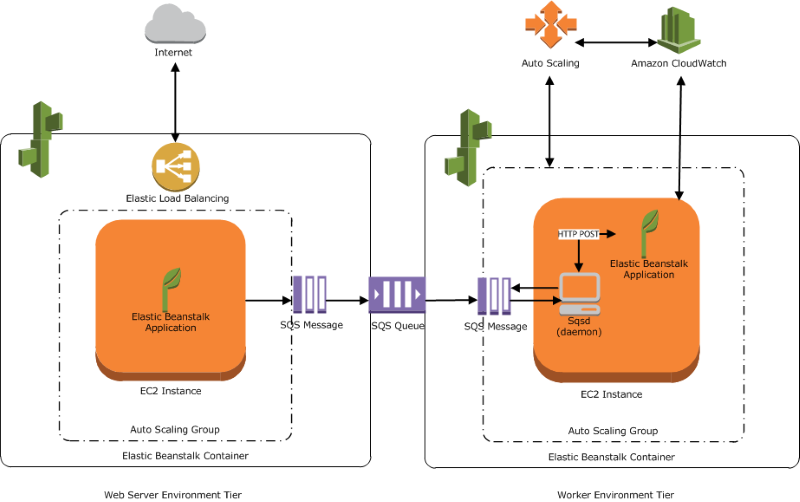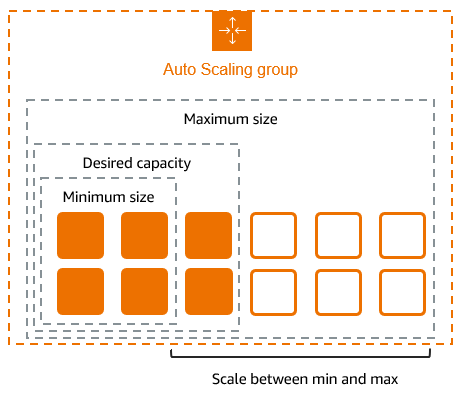Introduction
Whether you're just starting your tech journey or aiming to level up your DevOps skills, mastering the Linux command line is non-negotiable. Linux powers most of the world's servers, cloud infrastructure, and DevOps tooling – making command line proficiency a must-have skill in today's tech landscape.
This comprehensive cheat sheet compiles the most essential Linux commands that beginners need to know. Bookmark this page, keep it handy, and watch your confidence with the terminal grow with each command you master.
Why Learn the Command Line?
Before diving into commands, let's understand why the command line matters:
- Efficiency: Actions that would take multiple clicks in a GUI can be accomplished with a single command
- Automation: Scripts can string together commands to automate repetitive tasks
- Remote System Management: Manage servers without needing a graphical interface
- DevOps Workflows: CI/CD pipelines, infrastructure as code, and containerization all rely heavily on command line operations
Now, let's get to the commands!
Navigation and Directory Management
The first step to becoming comfortable with Linux is learning how to navigate the file system.
1. Finding Your Location
pwd
The pwd (print working directory) command shows your current location in the file system. This is your "You Are Here" marker in the Linux file system.
2. Listing Directory Contents
ls
The ls command lists files and directories in your current location. It has many useful options:
ls -l: Long format showing permissions, owner, size, and modification datels -a: Shows hidden files (those starting with a dot)ls -h: Shows file sizes in human-readable format (KB, MB, GB)ls -lah: Combines all three options above
Try this: ls -lah /etc to see system configuration files with detailed information.
3. Changing Directories
cd /path/to/directory
The cd (change directory) command lets you move around the file system. Some common variations:
cd ~: Go to your home directorycd ..: Move up one directory levelcd -: Return to the previous directorycd /: Go to the root directory

File Management
Once you can navigate the file system, you'll need to work with files and directories.
1. Creating Directories
mkdir my_new_directory
The mkdir (make directory) command creates new folders. For nested directories, use:
mkdir -p parent/child/grandchild
The -p flag creates parent directories if they don't exist.
2. Removing Directories
rmdir empty_directory
For empty directories, use rmdir. For directories with content, use:
rm -r directory_with_files
Warning: Be extremely careful with rm -rf as it deletes everything without confirmation.
3. Copying Files and Directories
cp source.txt destination.txt
For directories, add the recursive flag:
cp -r source_directory/ destination_directory/
4. Moving/Renaming Files and Directories
mv old_name.txt new_name.txt
The mv command both moves files between locations and renames them:
mv file.txt /path/to/new/location/
5. Creating Empty Files
touch new_file.txt
The touch command creates an empty file or updates the timestamp of an existing file.
File Creation and Editing
Linux offers several ways to view and edit file contents directly from the terminal.
1. Viewing File Contents
cat file.txt
The cat command displays the entire file content. For larger files, use:
less file.txt
With less, use:
- Space bar: Page down
- b: Page up
- q: Quit
- /text: Search for "text"
For just the beginning or end of a file:
head -n 10 file.txt # Shows first 10 lines
tail -n 10 file.txt # Shows last 10 lines
2. Text Editors
For quick edits, nano is beginner-friendly:
nano file.txt
For more advanced editing, try vim:
vim file.txt
Vim has a steeper learning curve but is extremely powerful once mastered.

File Permissions and Ownership
Understanding permissions is crucial for security and proper system functioning.
1. Viewing Permissions
ls -l file.txt
You'll see something like: -rw-r--r-- 1 user group 1234 Jan 1 12:34 file.txt
The permissions part (-rw-r--r--) breaks down as:
- First character: File type (- for regular file, d for directory)
- Next three: Owner permissions (r=read, w=write, x=execute)
- Next three: Group permissions
- Last three: Everyone else's permissions
2. Changing Permissions
chmod 755 script.sh
The numeric method is fast:
- 4 = read
- 2 = write
- 1 = execute
Add them together for each position (owner, group, others). So 755 means:
- Owner: 7 (4+2+1) = read, write, execute
- Group: 5 (4+1) = read, execute
- Others: 5 (4+1) = read, execute
3. Changing Ownership
chown user:group file.txt
This changes both the user and group ownership of a file.
System Information Commands
Need to know what's happening on your system? These commands help:
1. System and Kernel Information
uname -a
2. Disk Space Usage
df -h # Shows disk space by partition
du -sh directory/ # Shows directory size
3. Memory Usage
free -h
4. System Uptime
uptime
Process Management
Monitoring and controlling processes is essential for system management.
1. Viewing Running Processes
ps aux
For a dynamic, real-time view:
top
Or the more user-friendly alternative:
htop # May need installation: apt install htop
2. Killing Processes
kill PID # Gracefully terminate process
kill -9 PID # Force terminate process
Replace PID with the process ID you want to terminate.

Package Management
Different Linux distributions use different package managers. Here are the most common:
For Debian/Ubuntu:
apt update # Update package list
apt upgrade # Upgrade installed packages
apt install package_name # Install a package
apt remove package_name # Remove a package
For Red Hat/CentOS:
yum update # Update package list and upgrade
yum install package_name # Install a package
yum remove package_name # Remove a package
For Fedora:
dnf update # Update package list and upgrade
dnf install package_name # Install a package
dnf remove package_name # Remove a package
Networking Commands
These commands help you understand and troubleshoot network connections.
1. Checking Connectivity
ping google.com
2. Viewing Network Configuration
ifconfig # May need installation: apt install net-tools
Or the newer alternative:
ip addr
3. DNS Lookup
nslookup domain.com
dig domain.com
4. Checking Open Ports
netstat -tuln
Or:
ss -tuln
File Search and Text Processing
1. Finding Files
find /path/to/search -name "filename"
Example: find /home -name "*.txt" finds all text files in /home.
2. Searching File Contents
grep "search term" file.txt
To search recursively through directories:
grep -r "search term" /path/to/search
3. Text Processing with Pipes
Linux commands can be chained together with pipes:
cat file.txt | grep "important" | sort | uniq > results.txt
This pipeline:
- Displays file.txt
- Finds lines containing "important"
- Sorts those lines
- Removes duplicates
- Saves the result to results.txt
Tips for Linux Command Line Beginners
- Use Tab Completion: Press Tab to autocomplete commands and file paths
- Access Command History: Press Up Arrow to cycle through previously used commands
- Read the Manual: Use
man command_nameto access detailed documentation - Create Aliases: Add shortcuts for common commands in your
.bashrcfile - Use Command Line Help: Most commands support
--helpflag for quick reference
Conclusion
This cheat sheet covers the essential Linux commands that every beginner should know. The command line might seem intimidating at first, but with practice, it becomes an incredibly powerful tool in your DevOps toolkit.
Remember that mastering Linux is a journey, not a destination. Start with these fundamentals, practice regularly, and gradually expand your command repertoire as you tackle more complex tasks.
For more DevOps learning resources, check out our other guides on Docker, Git, and CI/CD pipelines.
Have questions about Linux commands or DevOps practices? Drop them in the comments below!





1 Comment
[…] for more Linux resources? Check out our Linux Command Line Cheat Sheet for a handy reference of essential […]